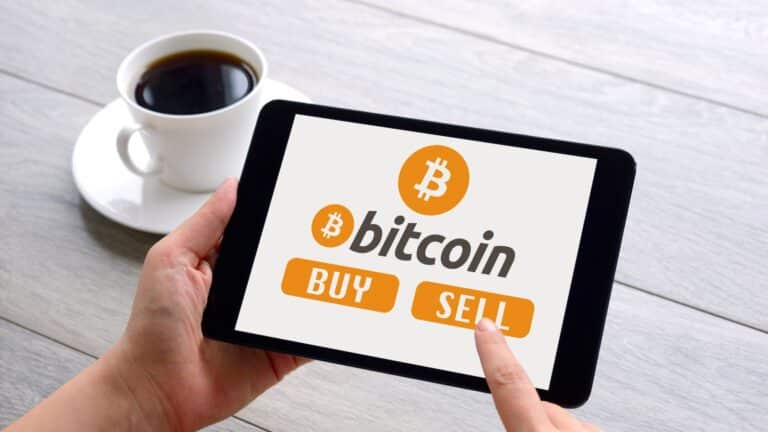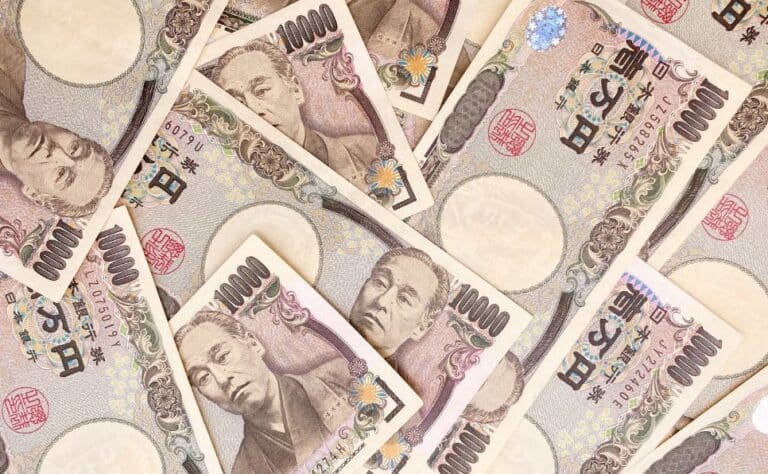Technologies, applications, and developments in the cryptocurrency world are constantly evolving and growing. New uses for blockchain technology are on the rise, and the tokenization of real-world items has expanded in a big way as NFTs have boomed in popularity. Non-fungible tokens (NFTs) took off through Ethereum’s technology that facilitated tokenization, dApps, trading, and smart contracts. The first major NFT sale took place when the artist Beeple sold an NFT of their art for $69 million. This massive price tag created a lot of buzz around the opportunities. Investors and collectors started paying attention in a big way.
Understanding NFTs
When real-world assets are tokenized as NFTs, ownership or rights to an asset are represented as a token on the blockchain.
An NFT is a unique token on a blockchain. This token cannot be replicated. The “tokenized” NFT is used as an asset that represents a real item, like a piece of art for example. The goal of tokenizing a real-world item is to minimize fraud through blockchain technology. The blockchain is an immutable ledger that makes buying or selling assets in the form of tokens secure and fast. You can think about NFTs as assets that have value as representations of property rights or ownership.
There are lots of types of tokens that exist on blockchains. How are NFTs different from the other coins and tokens? Fungible tokens can be used in exchange for one another. We can buy bitcoin as a store of value, and two bitcoins can be exchanged on the blockchain. Non-Fungible Tokens are all unique, so they do not have a specified value– instead their unique value is set by the market and the owners. They cannot be exchanged on a one-to-one basis.
Each NFT has a distinct identifier that sets it apart from any other token. These one-of-a-kind assets exist on the blockchain which provides security and transparency, which is attractive for artists and collectors alike: artists are looking to monetize their work, and collectors want to own something that is one of a kind. Tokenizing artwork, music, videos, and more on the blockchain has been trending for these reasons.
NFTs in the Art World
The dynamics between sellers and buyers in the art world have been transformed by NFTs. Artists are now capable of connecting with their global audiences in more direct ways because NFTs can be purchased from anywhere. Intermediaries are no longer necessary and artists can sell their tokenized items directly to their buyer. NFTs also allow artists the opportunity to receive a portion of the profit from each resale, so every time the NFT changes hands, artists can have an ongoing revenue stream through royalties built into the smart contracts.
As the digital world has grown, digital art is growing as well. Any ongoing pirating or copywriting issues are solved by tokenizing the item and creating an opportunity for authentic ownership of an NFT. By tokenizing their intellectual property as NFTs, creators and artists can facilitate legitimate transactions by providing a clear path for supporters and fans to purchase authorized and unique claims to their work.
Beyond Art: NFTs in Virtual Gaming
NFTs hold value for other industries beyond art. Video gaming and virtual worlds use NFTs too. The monetization of assets in virtual games is legitimized by NFTs, and digital ownership is less susceptible to fraud on the blockchain. Digital economies are growing and NFTs allow for interoperability between games and virtual worlds. They also provide a verifiable record of ownership for virtual items: this is a tool that addresses issues of duplication and fraud in virtual economies. More revenue streams are being produced as developers tokenize in-game items, and players can invest in their games with the knowledge that their NFTs have real-world investment value.
NFTs As A Tool For Intellectual Property
We know that NFTs are representatives of art, music, and other forms of content. But, we should also discuss how linking an NFT to a piece of intellectual property creates a permanent record of authenticity and ownership. You can think of NFTs as a way for someone to establish their place as the original owner of an item. Once the intellectual property is tokenized and recorded on the blockchain, the ownership record is immutable, and unauthorized parties are deterred from disputing or altering the history of ownership. We should also note that the timestamping capability of the blockchain establishes the creation date. This can be valuable in copyright disputes or patent-related matters.
The use of blockchain technologies and NFTs enhances transparency and trust in the intellectual property world. Another benefit: tokenizing something provides a decentralized and verifiable way to confirm ownership, eliminating the need for centralized authorities to validate ownership rights.
The Future of NFTs and Digital Collectibles
Some trends to keep an eye on are centered around everyday integrations. Social media is a great example to start with. In the metaverse landscape, where a shared virtual space has room for a shared virtual economy, NFTs serve as tools to track virtual investments. Digital collectibles that exist in virtual worlds can hold significant value. According to Forbes.com and John Wu, NFTs largest potential is geared in favor of artists: Wu says, “NFTs provide a way for artists to establish ownership of their digital creations, create new revenue streams, and engage communities around artists’ work.” Forbes.com also claims that “NFTs are still seen as a gateway to fostering a more transparent and accountable digital ecosystem.”
To continue diving into the evolving cryptocurrency world, you can follow RockItCoin!








